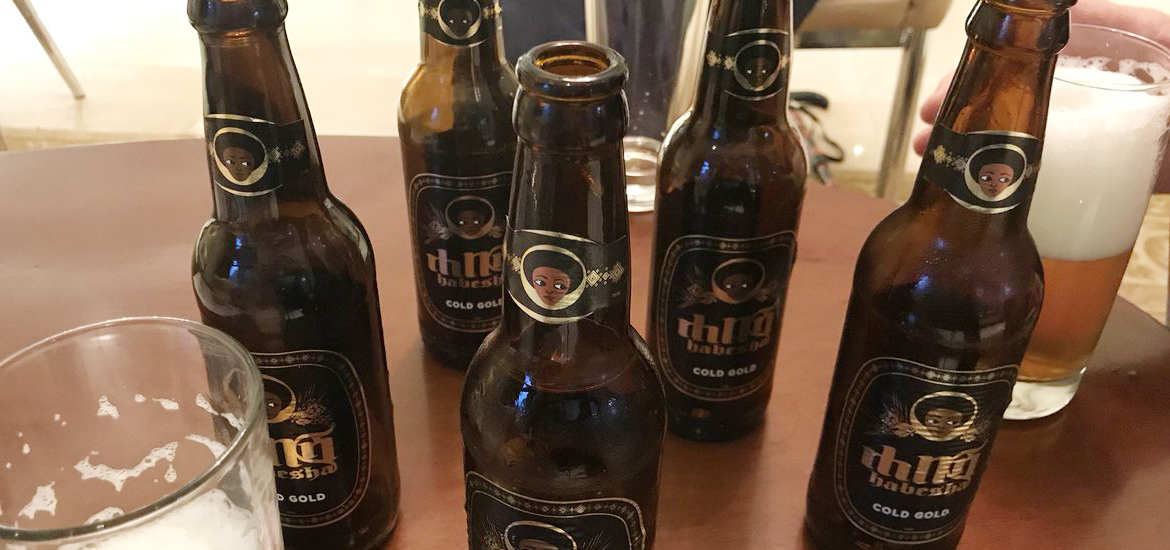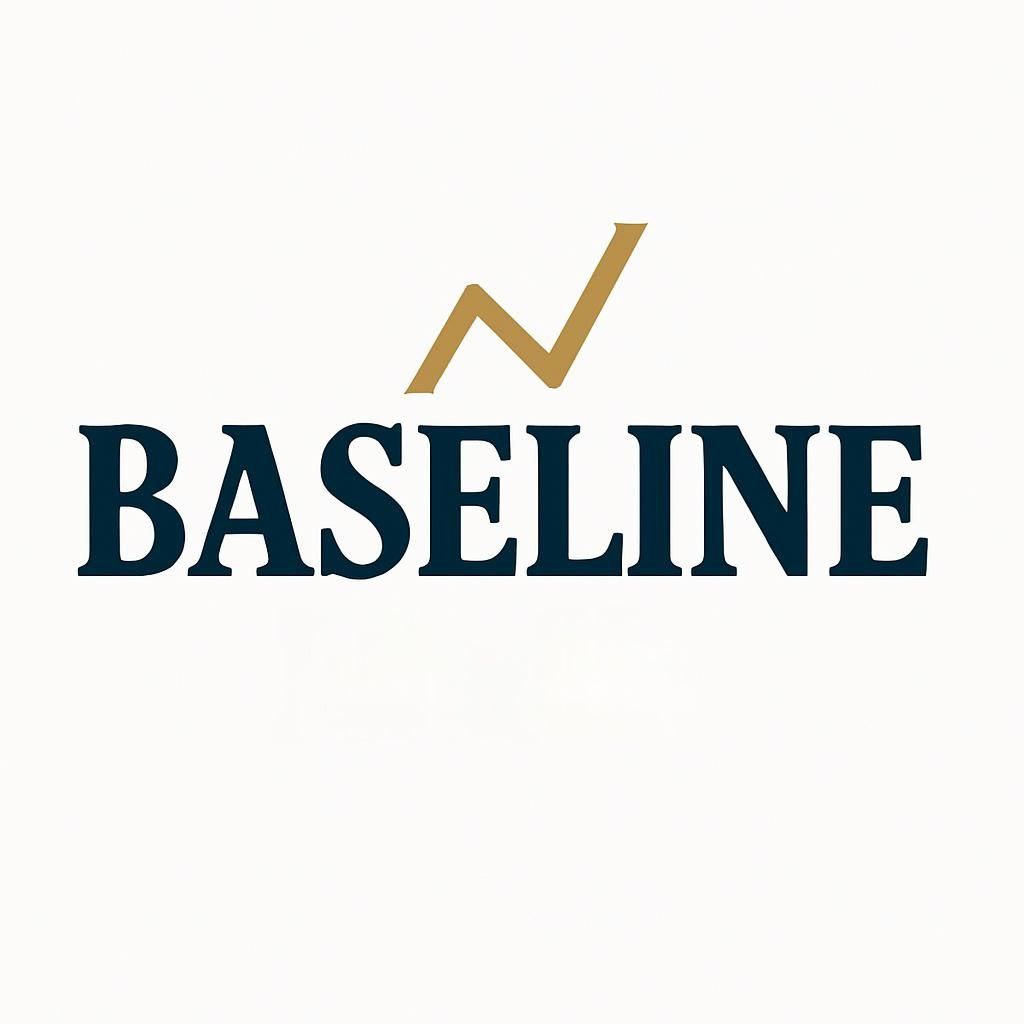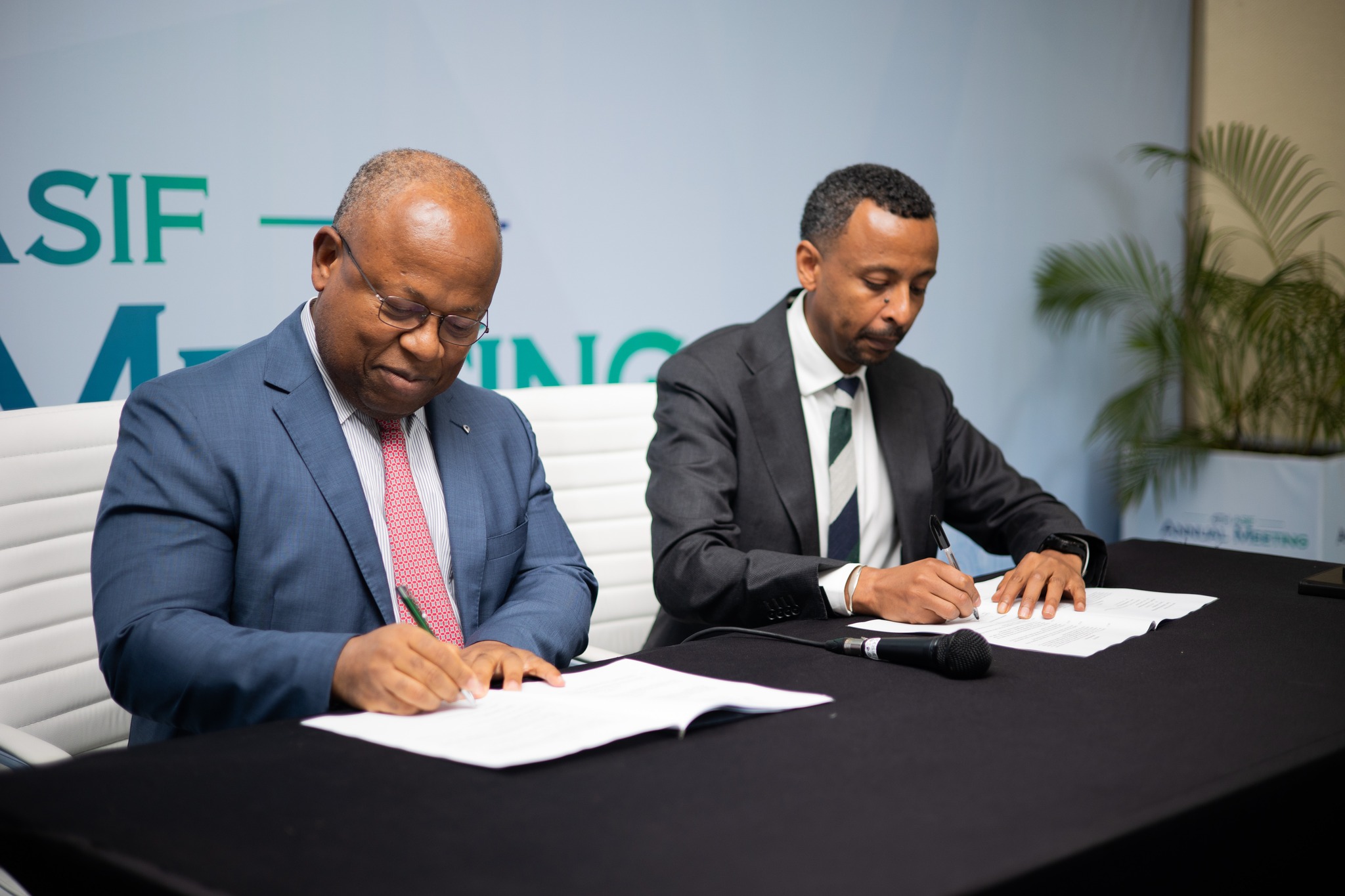Habesha Breweries Posts Record Profits, Enters Capital Market Era
BaseLine Team
19 Jun, 2025

A landmark year for Habesha Breweries unfolded today as shareholders gathered at the Addis Ababa Convention Center for the company’s Annual General Meeting.
𝐀 𝐍𝐞𝐰 𝐂𝐡𝐚𝐩𝐭𝐞𝐫 𝐢𝐧 𝐭𝐡𝐞 𝐂𝐚𝐩𝐢𝐭𝐚𝐥 𝐌𝐚𝐫𝐤𝐞𝐭
Habesha Breweries S.C. has officially been reclassified as a public company under the Ethiopian Capital Market Authority (ECMA), joining the first wave of major industrial firms to operate under Ethiopia’s new securities framework.
As a result, all share certificates will now be dematerialized and transferred into an electronic format managed by the Central Securities Depository (CSD). Future share sales or transfers will only occur through licensed exchanges or the over-the-counter (OTC) market. In line with this, Habesha has urged its more than 8,000 shareholders to promptly submit updated personal and identification details, a vital step in meeting the ECMA’s record-keeping and compliance obligations.
𝐒𝐨𝐥𝐢𝐝 𝐅𝐢𝐧𝐚𝐧𝐜𝐢𝐚𝐥 𝐏𝐞𝐫𝐟𝐨𝐫𝐦𝐚𝐧𝐜𝐞 𝐃𝐞𝐬𝐩𝐢𝐭𝐞 𝐄𝐜𝐨𝐧𝐨𝐦𝐢𝐜 𝐇𝐞𝐚𝐝𝐰𝐢𝐧𝐝𝐬
Despite operating under Ethiopia’s toughest economic environment in years, Habesha Breweries delivered solid financial results for the 2024 fiscal year.
Revenue jumped by 28.6% from the previous year, to reach 7.76 billion Birr.
But part of that is price-driven, not just volume. Inflation was double-digit, and excise taxes and VAT expanded, pushing up prices. Habesha passed some of that to consumers.
As a result
- Operating profit before tax rose 25% to 1.25 billion Birr.
- Net profit soared 29.3% to 738 million Birr.
It’s a smart response to the float, but it’s not an engine for future growth. Financing costs doubled. The move to a floating exchange rate blew up the cost of foreign-denominated loans and inputs. That hits both imported equipment, packaging, and raw materials. So for profits to go up despite this means one thing: aggressive cost-cutting.
Habesha cut costs through
- Delaying non-urgent capital spending
- Reducing operational waste
- Rethinking procurement
If inflation continues, and they can’t raise prices further without losing customers, margin pressure returns in 2025.
Market share up by 1% to 11% is subtle, but important.
A 1-point gain in national market share is a big deal in beer, where incumbents rarely give up territory.
The draught segment grew 33%, and Habesha Draught is now the #2 draught brand. It is shifting its center of gravity toward draught and premium formats, where margins are higher and competition is less brutal than bottled beer.
Paid-up capital expanded from 2.7 billion Birr to 3.52 billion Birr.
The company also contributed over 4.23 billion Birr in taxes, cementing its status as one of Ethiopia’s leading corporate taxpayers.
𝐀𝐧 𝐎𝐩𝐞𝐫𝐚𝐭𝐢𝐧𝐠 𝐄𝐧𝐯𝐢𝐫𝐨𝐧𝐦𝐞𝐧𝐭 𝐅𝐮𝐥𝐥 𝐨𝐟 𝐂𝐡𝐚𝐥𝐥𝐞𝐧𝐠𝐞𝐬
These achievements come at the backdrop of fierce headwinds faced by the company. The government’s introduction of a floating exchange rate triggered a staggering 123% slash of the Birr against US dollar, which dramatically increased the cost of imported raw materials, packaging, and machinery.
In addition
-Inflationary pressures and new excise taxes (including on sugar) squeezed margins.
-VAT on utilities and tightened credit caps in the banking sector reduced access to liquidity.
-Reconstruction in major cities led to the loss of several retail outlets.
-Security challenges and transport disruptions impacted operations in parts of the country.
Habesha also faced internal challenges:
Talent Acquisition: As competition for skilled labor intensified, recruiting and retaining qualified staff became a pressing concern.
Security Concerns: The security situation in the region around the Debre Birhan brewery posed operational risks.
Capacity Constraints: The water treatment unit, air compressor, and CO₂ plant were flagged for necessary upgrades to support further production growth.
"While we anticipate continued challenges in the macroeconomic, security, and regulatory landscape, we remain committed to achieving our growth goals." Omo Ohiwerei, CEO of Habesha Breweries.
Despite these pressures, Habesha’s operational strength allowed it to capture market opportunities. The company’s draught beer segment expanded by 33%year-on-year, securing its place as the second-largest draught beer brand in Ethiopia and reaching 4,341 outlets nationwide.
Habesha’s flagship bottled brand maintained its 50% market in Addis Abeba.
Negus malt drink posted 14% growth, holding its lead in the malt category.
Feta, Habesha’s youngest brand, recorded an exceptional 55% growth.
Kidame beer saw an 11% sales decline.
𝐈𝐧𝐯𝐞𝐬𝐭𝐦𝐞𝐧𝐭, 𝐄𝐟𝐟𝐢𝐜𝐢𝐞𝐧𝐜𝐲, 𝐚𝐧𝐝 𝐒𝐮𝐬𝐭𝐚𝐢𝐧𝐚𝐛𝐥𝐞 𝐆𝐫𝐨𝐰𝐭𝐡
Management remains cautiously optimistic for 2025, acknowledging that exchange rate volatility, inflation, and regulatory changes will shape the operating climate. Expand production capacity—87% utilization was achieved in 2024, with plans to upgrade key plants and equipment.
-Strengthen its fleet and warehousing footprint to ensure market reach in underserved regions.
-Leverage digital tools and data-driven market execution to boost rural and urban penetration.
-Continue leadership development and workforce optimization in the face of sector-wide talent wars.
-Maintain compliance with ECMA rules to ensure smooth capital market participation.
"By enhancing our supply chain capabilities and optimizing manufacturing processes, we remain fully compliant with industry regulations and committed to sustainability initiatives." Omo Ohiwerei, CEO of Habesha Breweries.







